Retainers are an important part of keeping your teeth straight and healthy. However, if not cleaned properly, bacteria and plaque can build up on the retainer and transfer onto your teeth, leading to tooth decay and cavities. To keep your retainer working its best, here are some dos and don’ts for cleaning it.
Do’s for Cleaning your Retainer
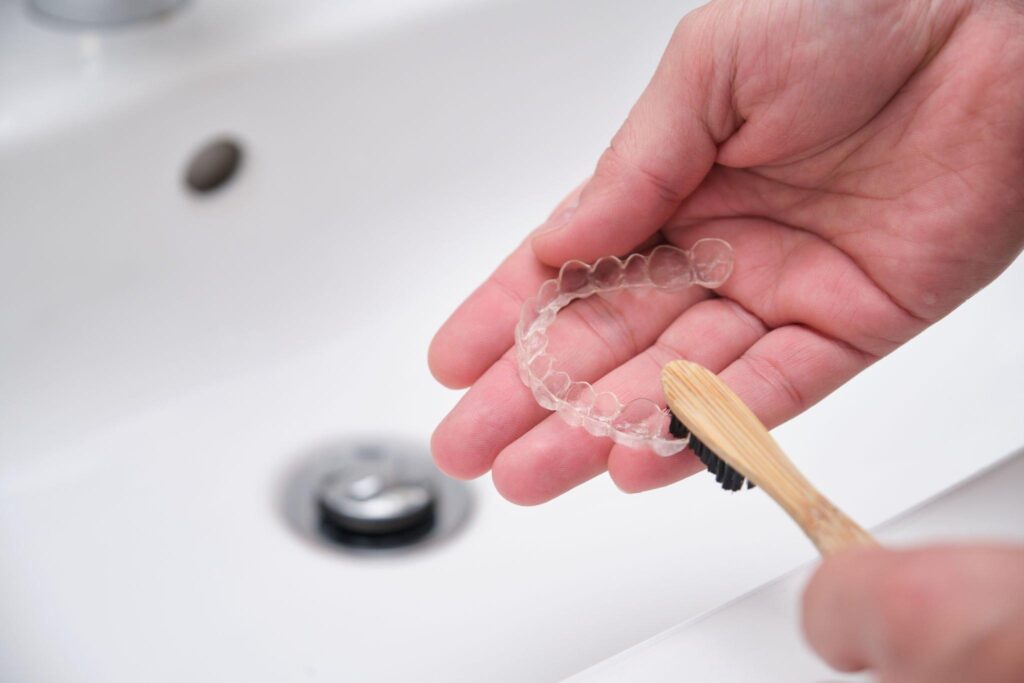
- • Brush your retainer with a soft-bristle toothbrush and toothpaste twice daily. This will help remove plaque and bacteria from the surface of the retainer.
- • Soak the retainer in denture cleaner or a mixture of 1 part white vinegar and 2 parts water every few days to kill bacteria. This will help prevent the buildup of harmful microbes on your retainer.
- • Rinse the retainer thoroughly after brushing or soaking it, then dry it with a clean cloth before putting it back in your mouth. This will keep moisture off the plastic material and reduce the risk of warping or discoloration over time.
- • Store your retainer in its case when not in use to protect it from dirt and dust. This will also help prevent damage to the plastic material if you accidentally drop it on a hard surface such as tile or concrete.
Don’ts for Cleaning your Retainer
It’s important to take care of your retainer if you want it to last. Here are some don’ts for cleaning your retainer:
- • It is not recommended to use hot or boiling water for cleaning or soaking a retainer as it may cause warping and changes in its shape.
- • Don’t use abrasive materials such as toothpicks, scouring pads, or metal brushes as these can scratch the plastic material and cause damage over time.
- • Don’t put your retainer in the dishwasher or washing machine, as this can cause discoloration and melting of the plastic.
- • Don’t forget to brush your teeth before putting back your retainer in your mouth, as this will help eliminate food particles and plaque from getting trapped between the surface of the retainer and your teeth.
- • Don’t use hot water when cleaning your retainer as this can cause it to warp.
- • Don’t use harsh chemicals such as bleach on your retainer as this can cause damage to the plastic material.
- • Don’t leave your retainer in direct sunlight as this can also cause warping or discoloration.
Finally, don’t use any type of chemical cleaners on your retainer such as bleach or disinfectant wipes, as these may contain harsh ingredients that could harm both you and your retainer.
By avoiding these practices, you can help ensure that your retainers stay clean and free from bacteria while also preserving their original shape and form over time!
By following these simple steps, you can help ensure that your retainer is clean and free from bacteria so that you can enjoy a healthy smile for years to come!
Cleaning Permanent Retainers

Permanent retainers are a great way to keep your teeth straight after braces. Unfortunately, they require special care and attention when it comes to cleaning. It’s important to take extra precautions to ensure that your permanent retainer stays clean and free from bacteria for a long time.
Here are some tips on how to effectively clean your permanent retainer:
It is recommended to brush your teeth thoroughly prior to inserting your retainer to eliminate any potential accumulation of food particles or plaque that may become trapped between your teeth and the retainer.
• Soak the retainer in a non-abrasive solution such as mouthwash, hydrogen peroxide, or denture cleaner several times a week. Make sure not to use hot or boiling water as this can cause warping and changes in shape over time.
• Avoid using abrasive materials such as toothpicks, scouring pads, or metal brushes when cleaning the retainer as this can scratch the plastic material and cause damage over time.
• Don’t put your retainer in the dishwasher or washing machine, as this can cause discoloration and melting of the plastic material.
By following these guidelines you can help ensure that your permanent retainers stay clean and free from bacteria while also preserving their original shape and form over time!
How to Clean Your Retainer the Safe and Natural Way
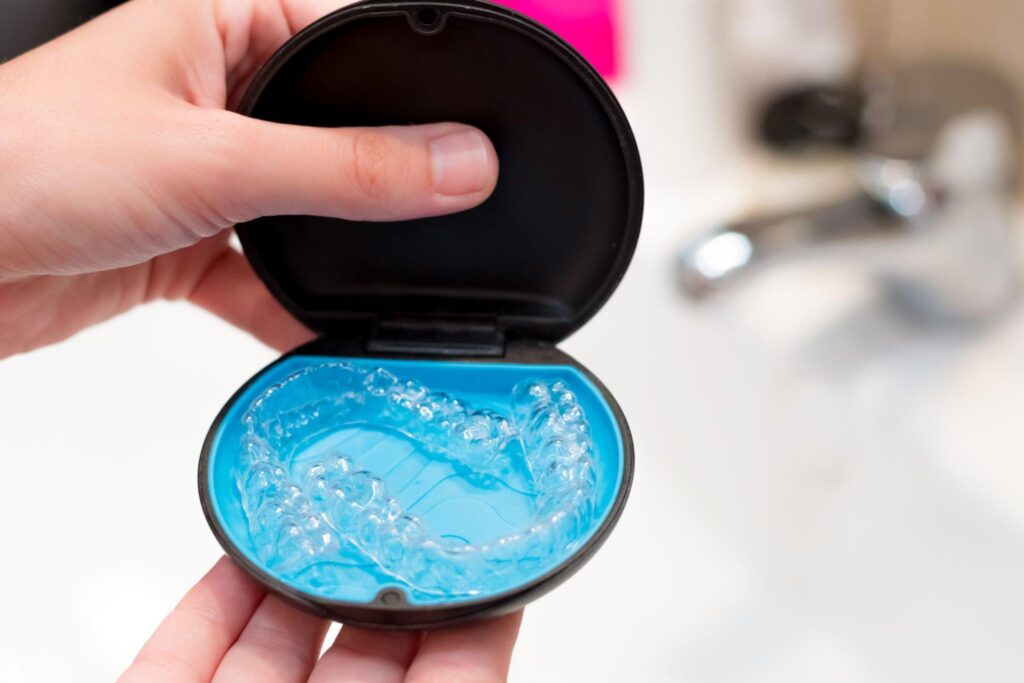
When it comes to cleaning your retainer, there are a few things to keep in mind.
First, you should always brush your teeth thoroughly before putting the retainer back in your mouth. This will help prevent food particles and plaque from getting trapped between the surface of the retainer and your teeth.
Second, use non-abrasive solutions such as mouthwash, hydrogen peroxide or denture cleaner to soak the retainer several times a week. Hot or boiling water should be avoided as this can cause warping and changes in shape over time.
Finally, avoid using abrasive materials such as toothpicks, scouring pads or metal brushes for cleaning as these can scratch the plastic material and cause damage over time.
In addition to these tips, there are also some natural methods that you can try when it comes to cleaning your retainers safely and naturally.
How to Clean Your Retainer with Baking Soda
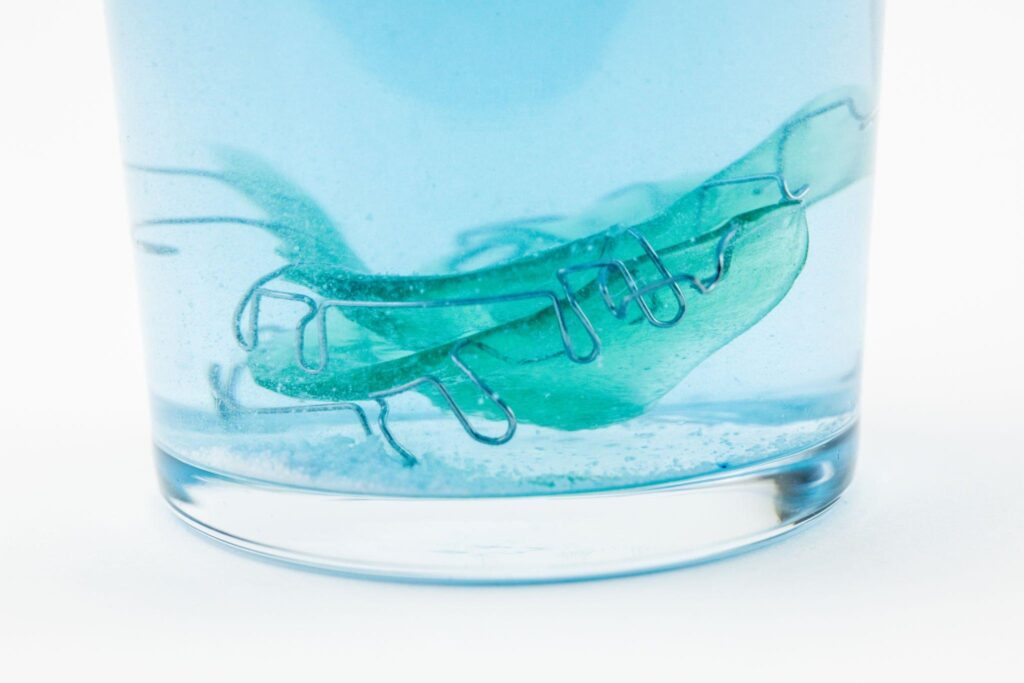
Baking soda is an effective and natural way to clean your retainer. To start, mix baking soda with a bit of warm water until it forms a paste. Then, using a soft cloth or brush, apply the baking soda paste directly onto the retainer. After leaving the paste on for 15 minutes, rinse off with cool water.
You can also try soaking the retainer overnight in white vinegar, which will help remove bacteria buildup while leaving your retainers squeaky clean!
Baking soda is not only safe and natural but also helps neutralize pH levels in the mouth to keep bad bacteria at bay and disinfect retainers due to its higher pH level. With regular use of baking soda, you can be sure that your retainer will remain sparkling clean!
The Best Ingredients for Cleaning Your Retainer
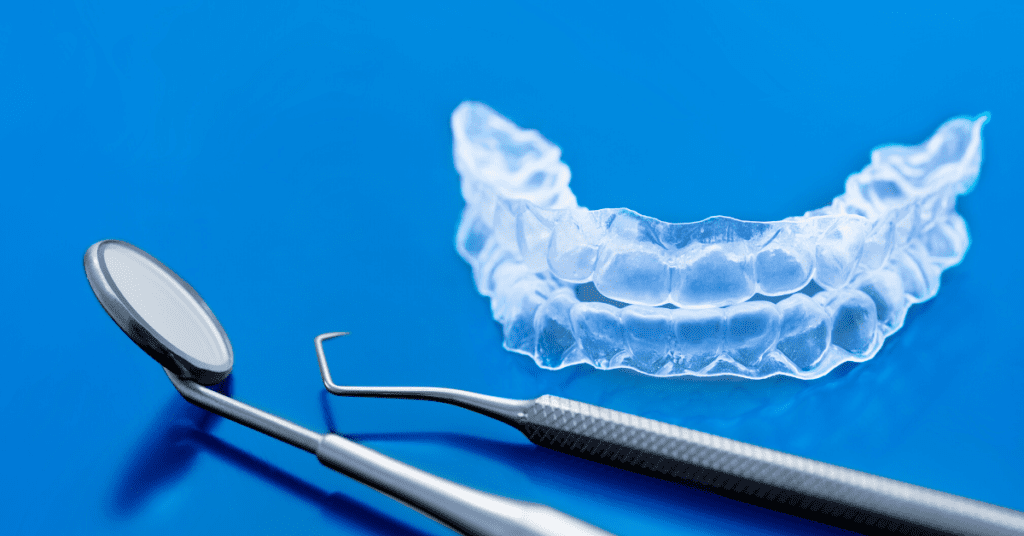
While plain, distilled water is all you need to keep your retainer clean and moist, there are some ingredients that can ramp up your bacteria-fighting efforts.
Hydrogen peroxide is an effective way to clean retainers as its antibacterial properties kill germs and help reduce plaque buildup. To use hydrogen peroxide, mix it with a bit of warm water and soak the retainer for 15 minutes before rinsing with cool water.
Vinegar is another great choice when it comes to cleaning retainers. It’s acidic nature helps remove bacteria buildup while leaving your retainers squeaky clean! To use vinegar, soak the retainer in white vinegar overnight.
Popular Retainer Cleaning Methods You Should Always Avoid
Although there are many popular methods for cleaning retainers that can be found online, some of them can actually do more harm than good. It’s important to note that these methods should always be avoided.
Using hot water or boiling water to clean your retainer is a bad idea, as the heat can cause it to warp and deform. Putting your retainer in the dishwasher may seem like an easy solution, but this could damage the appliance, so it’s best to avoid.
Mouthwash isn’t recommended either as its ingredients can break down the plastic material used to make retainers over time. Finally, using UV light sanitizers is also discouraged due to their short lifespan and high cost.
Overall, it’s best to stick with simple cleaning solutions such as distilled water, hydrogen peroxide, vinegar, and baking soda when cleaning your retainer. With regular use of these methods, you will guarantee that your retainer remains bacteria-free and looks like new!
Replace as needed
Replacing your retainer is an important part of the orthodontic process. The longer you wear your old retainer, the more likely it is to become misshapen and uncomfortable. Over time, the plastic material used to make retainers will start to break down and need replacing.
Your orthodontist is best placed to recommend when a new retainer should be fitted. In most cases, retainers should be replaced every six months to three years, depending on the amount of wear and tear they’ve been subjected to. Retainers can last up to five or ten years if well looked after.
If you notice that your retainer isn’t fitting properly or has become discolored or dirty, it may be time for a replacement. Your orthodontist will be able to advise you on whether this is necessary and provide you with a new one if needed.
Taking care of your retainer and replacing it when necessary will help ensure that you continue to get the best results from your treatment plan!
What are the consequences of not cleaning your retainer?
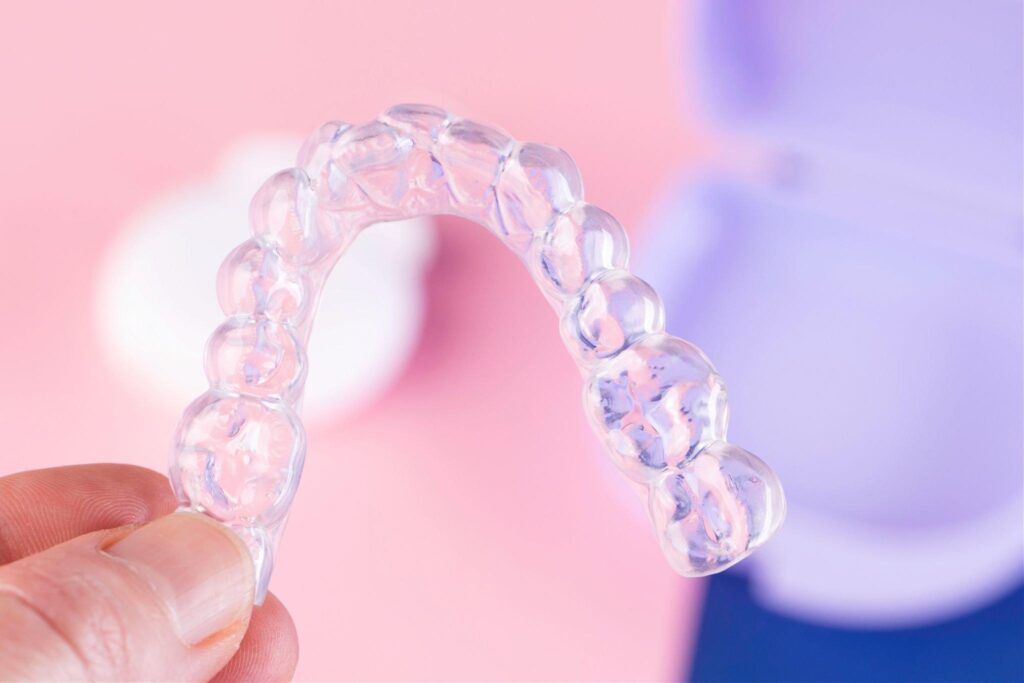
If you don’t clean your retainer regularly, it can quickly become a breeding ground for bacteria and other microbes. This can lead to bad breath, discoloration of the retainer, and even gum disease or tooth decay. If the retainer is not cleaned properly, you may also experience an uncomfortable feeling in your mouth as bacteria buildup increases.
Additionally, if bacteria gets trapped between your teeth and the retainer, it can cause irritation and inflammation of the gums.
The most important thing when it comes to cleaning your retainer is to do it regularly. Doing so will help keep your mouth healthy and free from harmful bacteria. It’s also important to replace your retainer every three years or so to ensure that it fits correctly and continues to provide reliable results from orthodontic treatment.
Retainer Maintenance Tips
Retainer maintenance is essential for ensuring long-term, healthy orthodontic results. Here are some tips for keeping your retainer clean and in good condition:
- Brush or rinse your mouth every time before you insert your retainer. This will help remove food particles, bacteria, and plaque that can accumulate over time and cause gum irritation or bad breath.
- Clean your retainer with a soft-bristled toothbrush and mild soap or disinfectant solution at least once a day to prevent the buildup of bacteria and other microbes. Make sure to rinse it thoroughly after cleaning to remove any residue from the cleaning solution.
- Soak your retainer in an overnight soaking solution once a week to ensure that all bacteria is removed. Store the retainer in water when not wearing it as air drying can cause it to become brittle and break down over time.
- Replace your retainer every three years or so as its fit may change due to teeth shifting over time or changes in the shape of your mouth due to aging.
Following these simple steps will help keep your retainer clean, comfortable, and in good condition for years to come!
How to Clean Your Retainer with Castile Soap
Cleaning your retainer with castile soap is an effective and safe way to achieve that freshness without the use of dangerous cleaning tablets. Castile soap is made with natural ingredients such as olive oil and coconut oil, which provide a gentle yet thorough cleaning.
To clean your retainer using castile soap, add one or two squirts of it to a container full of lukewarm water and let your retainer soak for about 15 minutes.
Afterwards, rinse the retainer thoroughly before putting it back in your mouth. Make sure to avoid any essential oils in the castile soap as they may have antibacterial effects which are not ideal for oral health. With proper care and maintenance, you can ensure a long-lasting and healthy orthodontic result!
How to Clean Your Retainer with White Vinegar
White vinegar is an effective yet gentle way to clean your retainer and achieve that freshness. To use white vinegar to clean your retainer, fill a stainless steel container with one part white vinegar and two parts lukewarm water. Place the retainer in the solution and let it soak for about 15 minutes.
Once finished, rinse the retainer thoroughly with cold water before placing it back in your mouth. White vinegar is known to be a natural disinfectant, killing bacteria and other germs on contact while still being gentle enough not to damage your retainer or irritate your mouth.
With regular cleaning using white vinegar, you can keep your retainer looking great and ensure a long-lasting orthodontic result!
How to Clean Your Retainer with a UV Sanitizer
UV sanitizers are a popular choice for cleaning retainers. This method uses ultraviolet light to kill bacteria and germs on contact. To use a UV sanitizer, first, fill the container with cold water and place your retainer in it.
Then place the retainer in the UV sanitizer device, ensuring that all parts of the retainer are exposed to the ultraviolet light. Finally, let your retainer soak in the sanitizer for about 15 minutes before taking it out and rinsing it off with cold water.
UV sanitizers are an effective way to disinfect retainers but can be expensive. Additionally, overexposure to UV light can cause cell oxidation, which can damage your acrylic retainer over time. Therefore, if you choose this method, you should ensure not to leave your retainer too long or expose it too often.
With proper use, however, you can keep your retainers clean using a UV sanitizer while still protecting them from any potential damage!
How to Clean Your Retainer with Hydrogen Peroxide
Hydrogen peroxide is a popular cleaning agent that many people use to clean their retainers. However, it is important to note that hydrogen peroxide should never be used as a retainer cleaner and can cause serious damage to your oral health.
Hydrogen peroxide will kill all types of bacteria in the mouth, including beneficial bacteria, and has been linked to oral cancers. Additionally, using hydrogen peroxide on your retainer can cause free radical reactions and cell oxidation, which can damage the acrylic material over time.
Therefore, it is best to avoid using hydrogen peroxide when cleaning your retainer and opt for other methods of disinfection such as a UV sanitizer or handwashing with soap and water. If you do choose to use hydrogen peroxide on your retainer, be sure to rinse it off with cold water afterwards to remove any excess residue.
You should also limit the amount of exposure by not leaving the retainer in for too long or exposing it too often. With proper care and caution, you can keep your retainers clean without risking any potential harm!
FAQ:
Q: How often should you clean retainers?
It is important to clean your retainer regularly in order to maintain your orthodontic result and avoid any build-up of bacteria or plaque. The frequency of cleaning will depend on how often you wear the retainer, with those who wear their retainers full-time needing to clean them more frequently than those who only wear their retainers for occasional use. Generally, it is recommended to clean your retainer at least once a day with a gentle cleaning solution and to rinse it off with cold water afterwards.
Q: Can you use toothpaste to clean retainers?
It is not recommended to use toothpaste when cleaning retainers, as this can be abrasive and potentially damage the acrylic material over time. It is best to opt for a more gentle cleaning solution such as white vinegar or a UV sanitizer. If you do choose to use toothpaste, be sure to rinse it off thoroughly with cold water before putting your retainer back in your mouth.
Q: How do I get the white stuff off my retainer?
If you notice a white, powdery buildup on your retainer, it is likely calcium deposits. To remove these deposits, you can use a combination of white vinegar and baking soda. Start by filling a container with half vinegar and half water before adding one tablespoon of baking soda. Place the retainer in the solution and let it soak for 15 minutes. Afterward, use a soft-bristle toothbrush to gently scrub the retainer and then rinse off with cold water. This method should help remove any calcium deposits and leave your retainer looking as good as new!
Q: Can I leave my retainer in water overnight?
Leaving your retainer in water overnight is not recommended, as the material of the retainer can begin to break down after prolonged exposure to moisture. It is best to clean your retainer with a gentle cleaning solution such as white vinegar or a UV sanitizer and then store it in a dry place when not in use. For those who wear their retainers full-time, it is important to remove them before eating or drinking anything and thoroughly rinse them with cold water afterwards. This will help keep your retainer clean and ensure it lasts as long as possible.
Q: Should I let my retainers air dry?
It is not necessary to let your retainers air dry after cleaning, as this can cause bacteria and other harmful organisms to grow on the retainer. However, it is important to make sure that the retainer is completely dry before storing it away when not in use. To do this, use a soft towel or cloth to carefully pat down any moisture before placing in a container or case away from direct sunlight. This will help ensure that your retainer remains clean and in good condition for as long as possible!

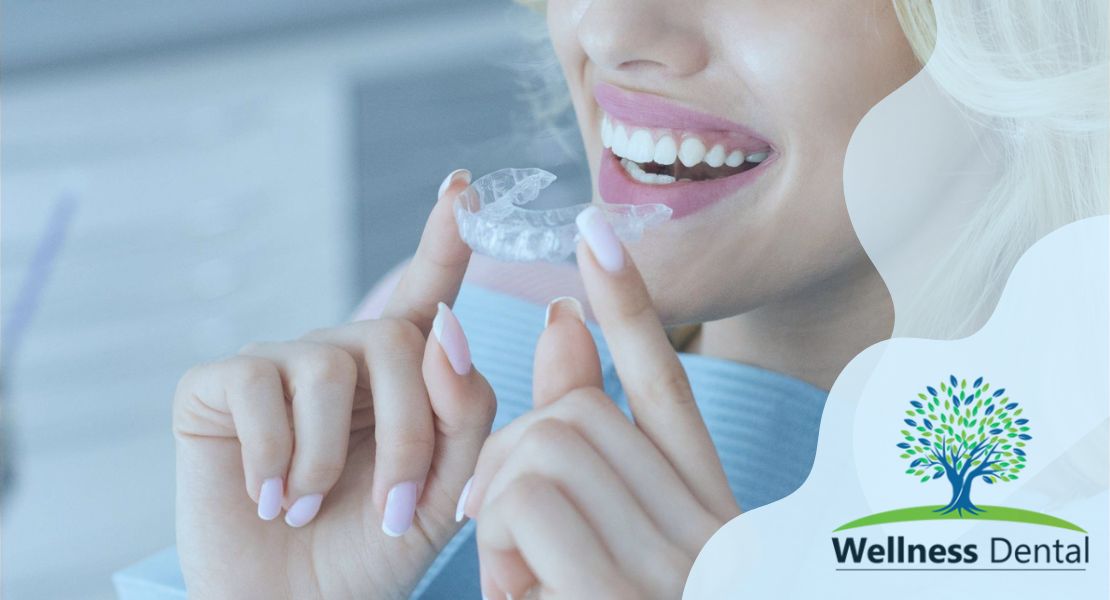


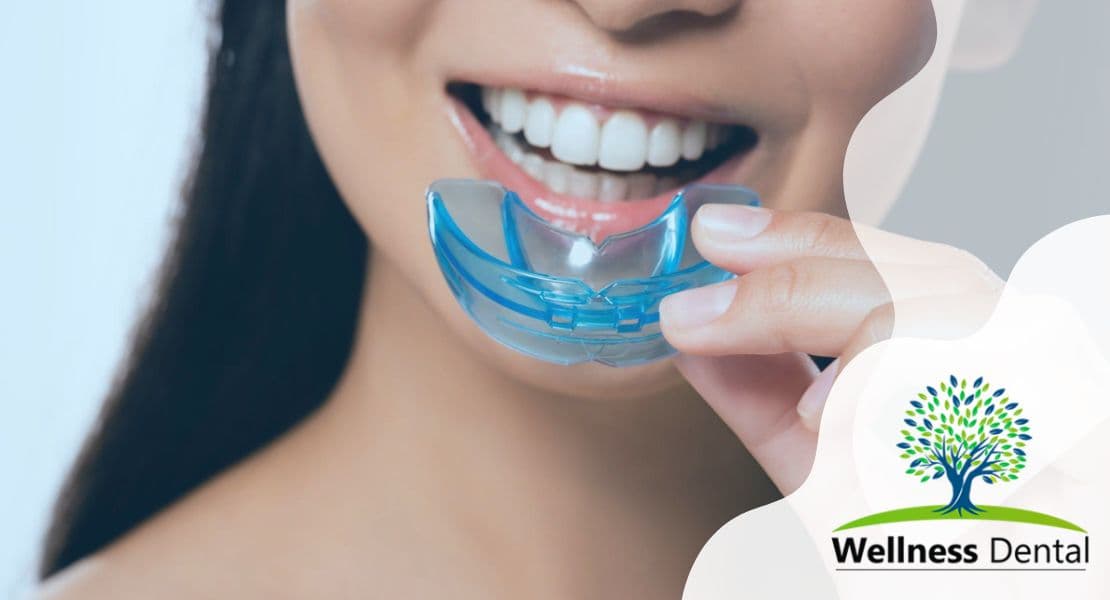
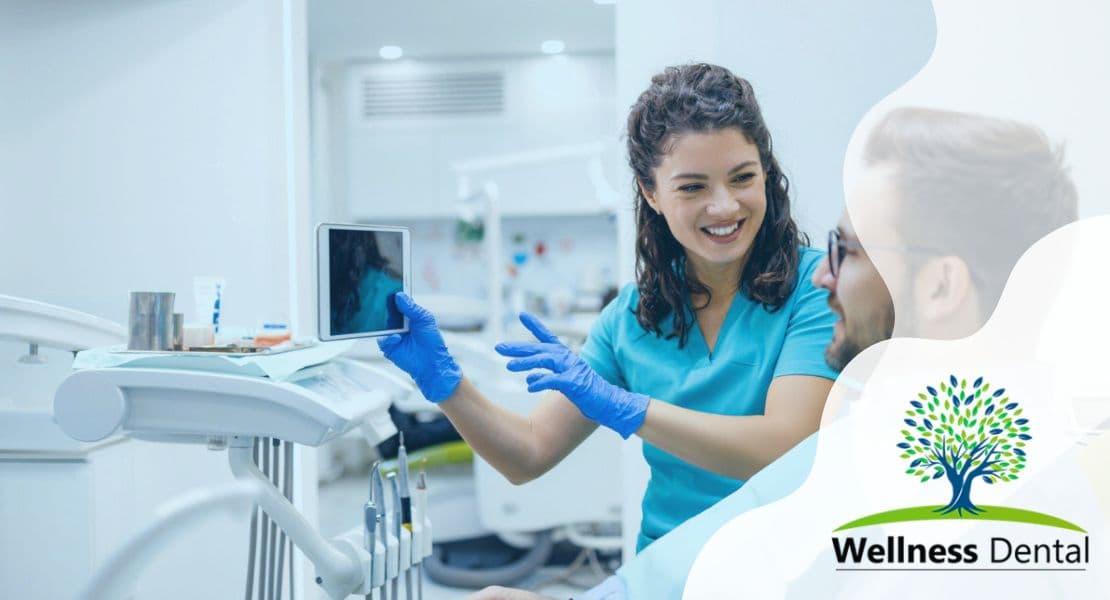
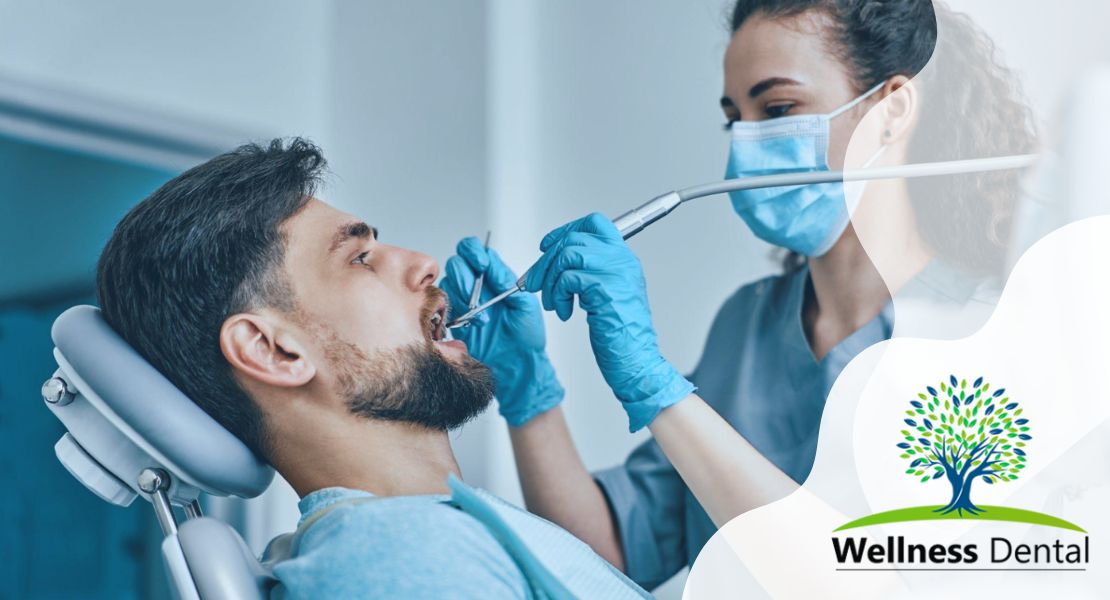
Thank you for the informative post. Your efforts to provide valuable resources and educate people about dental health are greatly appreciated.